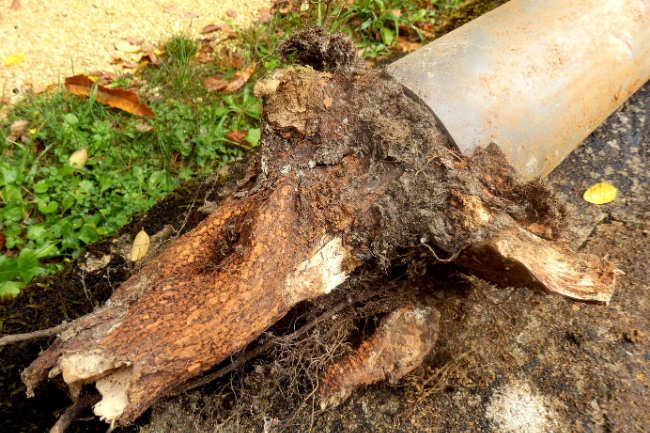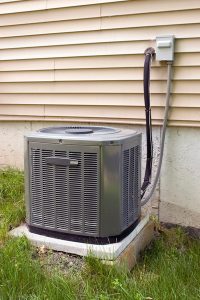Tackling Low Water Pressure: Understanding Signs, Causes and Solutions
As experienced plumbing professionals, we understand the inconvenience and frustration caused by low water pressure in your home. A weak shower stream or trickling faucet not only hampers your daily activities, but can also indicate underlying issues within your plumbing system. Therefore, addressing low water pressure is essential to ensuring comfort and efficiency in your household.
In this comprehensive guide, we’ll identify the signs of low water pressure, discuss the potential causes, and explore practical solutions to restore your home’s water flow to its optimal level.
Identifying Low Water Pressure Issues
To begin addressing low water pressure issues, it is crucial to understand and recognize the signs that indicate a problem. Some common indicators of low water pressure include:
- Weak shower flow: A reduced or inconsistent water flow in your shower can severely impact your daily routines and overall comfort.
- Slow-filling appliances: If appliances like your dishwasher or washing machine are taking longer than usual to fill with water, low water pressure may be the culprit.
- Trickling faucets: If your faucets are incapable of providing a steady, uninterrupted flow, it could indicate low water pressure or other plumbing issues.
Once you’ve observed these signs, you can move on to investigating the causes of low water pressure in your home.
Understanding the Causes of Low Water Pressure
Low water pressure can arise due to various factors, each with its own distinct solution. Some potential causes of low water pressure include:
1. Clogged Pipes and Fixtures
Sediment buildup or mineral deposits within your pipes can restrict water flow, causing low water pressure. Similarly, dirt and debris can accumulate within plumbing fixtures, such as faucets and showerheads, resulting in less water reaching its destination.
2. Pipe Corrosion
Over time, metal pipes can corrode, causing the inner pipe diameter to shrink and restrict water flow. This issue is more prevalent in older homes with galvanized steel or copper pipes which are more susceptible to corrosion.
3. Water Leaks
If there is a leak in your plumbing system, water may escape before reaching your faucets or appliances, resulting in low water pressure.
4. Pressure Regulator Issues
Pressure regulators are responsible for maintaining consistent water pressure in your home. If a regulator malfunctions, it can lead to low or inconsistent water pressure.
5. Water Supply Issues
Sometimes, the cause of low water pressure can be traced back to the municipal water supply. Factors such as high water demand or issues with the local water treatment plant can impact water pressure levels.
Effective Solutions for Low Water Pressure Problems
Once you’ve identified the possible cause of your low water pressure, you can explore various solutions to restore optimal water flow. Some effective strategies include:
1. Addressing Pipe and Fixture Clogs
For clogged fixtures, start by removing your faucet’s aerator or showerhead to clean out any sediment buildup. If your pipes are clogged, professional pipe cleaning methods, such as hydro jetting or snaking, can effectively remove blockages and restore water flow.
2. Replacing Corroded Pipes
If corroded pipes are causing your low water pressure issues, consider replacing them with modern materials like PEX or PVC pipes, which are more resistant to corrosion and have a longer lifespan.
3. Fixing Water Leaks
Identify and repair leaks in your plumbing system to restore water pressure. This may require the help of a professional plumber, who can pinpoint the exact location of the leak and carry out proper repairs.
4. Inspecting and Adjusting Pressure Regulators
If your pressure regulator is malfunctioning, it may need to be adjusted or replaced. Consult with a licensed plumber to determine the best course of action and ensure proper installation of a new regulator if necessary.
5. Communicating with Your Water Provider
If the issue of low water pressure originates from your municipal water supply, coordinate with your water provider to investigate the problem and implement appropriate solutions.
Empower Yourself to Resolve Low Water Pressure Concerns
Low water pressure in your home can be a frustrating issue, but by understanding the signs, causes, and solutions, you can take control and improve your plumbing experience. No matter the root of the problem, rest assured that our team of dedicated plumbing professionals is ready to help you tackle any low water pressure challenge and restore your home’s water flow to optimal levels. With The Irish Plumber’s expert plumbing services, you’ll be well-prepared to address and resolve your residential water pressure concerns for a smooth and efficient plumbing experience.











